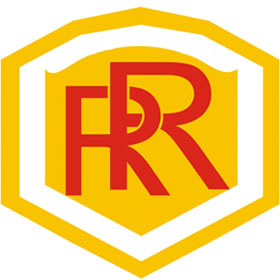Routes
- Sangli – Jammu
- Sangli – Srinagar
History of Jammu and Kashmir
Jammu and Kashmir, being a landlocked state, the road transport here, is an indispensable means of communication for the regular distribution of essential and other commodities. This is why the government has given the highest priority to the construction and maintenance of the roads. The economic development of the state and access to the landlocked and unexposed areas are dependent on roads. There is an alternative to the existing national highway connecting Jammu and Srinagar, known as the Mughal road. In the Kashmir valley, timber bridges were constructed decades ago which are now being replaced and reconstructed by concrete bridges. The prerequisite for speedy and balanced growth is the development and expansion of cheap and efficient means of transportation and communication. Natural resources of a region can be suitably utilized only if the transportation and communications are adequately developed. However, the development of these infrastructures largely depends on terrain, topography, geo-climatic conditions and socio-political milieu of a region. Roads play a vital role in the transportation of people and goods in a state like Jammu and Kashmir whose over 50 per cent is mountainous and almost uninhabited.
Basically, transport and communication involve the transfer of people, commodities and information over space. This transfer takes place along a line of transportation or communication between two places. Apart from the socio-economic development of the region, transportation plays a vital role at the time of national emergencies like famines, floods, droughts, natural hazards and other natural calamities. A sound infrastructure in the form of roads, railways, etc is therefore necessary for the existence of a nation and for its balanced and sustainable economic development.
Jammu was basically named after the name of the ruler, Jambulochan who founded the city and named it as Jamburpur. Then later the name got changed to Jammu. After the partition of India, Jammu continued to be the beautiful part of India and the winter capital of the state.
Srinagar, Earlier, the city was named as Srinagari, established by a king named Ashoka. In 1989, Srinagar became the centre of the Kashmiri uprising against Indian rule. The area continues to be the hotbed of separatist activity with recurrent protests and strikes.
